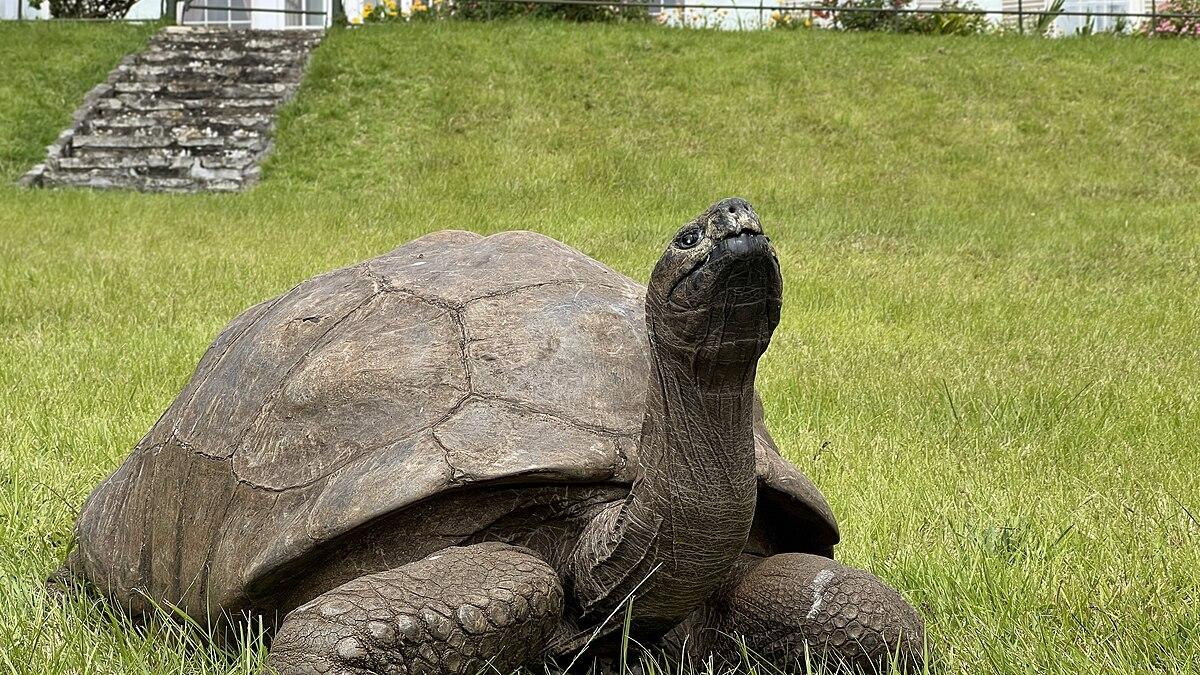
Unlocking the tortoise’s time capsule: Can we mimic their longevity?
The Hindu
What if I told you that a tortoise named Jonathan, who holds the Guinness World Record for the oldest living land animal, is 191 years old? While the cosmetic industry races to develop the latest anti-aging products, Jonathan appears to possess the true secret to long life. This phenomenon is known as negligible senescence.
Negligible senescence describes a unique resistance to the typical decline associated with ageing. It is a concept that not only fascinates scientists but also holds significant implications for anti-aging research. By studying these remarkable creatures, we may uncover insights that could revolutionise our understanding of ageing and longevity.
Negligible senescence isn’t just a fancy term. Unlike us humans, where birthdays often come hand-in-hand with growing older, tortoises and turtles experience minimal deterioration in their biological functions as they age. Unlike most organisms, whose bodily systems gradually wear down over time, these creatures seem to defy the typical ageing process.
Consider the classic fable of the tortoise and the hare. In this story, the slow and steady tortoise wins the race against the quick but careless hare. Similarly, in the realm of ageing, tortoises take a slow and steady approach, maintaining their health and vitality far longer than most animals, including humans. This stark contrast highlights how different the ageing process can be across species.
This isn’t just a theoretical concept. The Galápagos tortoise, for instance, is known to live well over 100 years. The Aldabra giant tortoise takes things even further, with lifespans exceeding 150 years. Interestingly, these resilient creatures often succumb to external factors like accidents or predation, rather than succumbing to the ravages of old age itself. Their bodies simply don’t follow the same ageing script as ours.
Harriet, a Galápagos tortoise, lived to be 175 years old, while Adwaita from the Alipore Zoo in Kolkata, an Aldabra giant tortoise, reportedly lived up to 250 years before passing away.
Statistics further illustrate the exceptional lifespans of these reptiles. Many tortoises and turtles die not from old age but from external causes such as habitat destruction or human interference. Their natural longevity far exceeds that of most other animals, with many species regularly surpassing the century mark. This remarkable resistance to ageing offers valuable insights for scientists exploring the mechanisms behind longevity and how they might be applied to human health and anti-aging research.
Negligible senescence in tortoises and turtles is underpinned by several key biological mechanisms that contribute to their remarkable longevity. Scientists have identified a few critical factors that play a role in this process:











